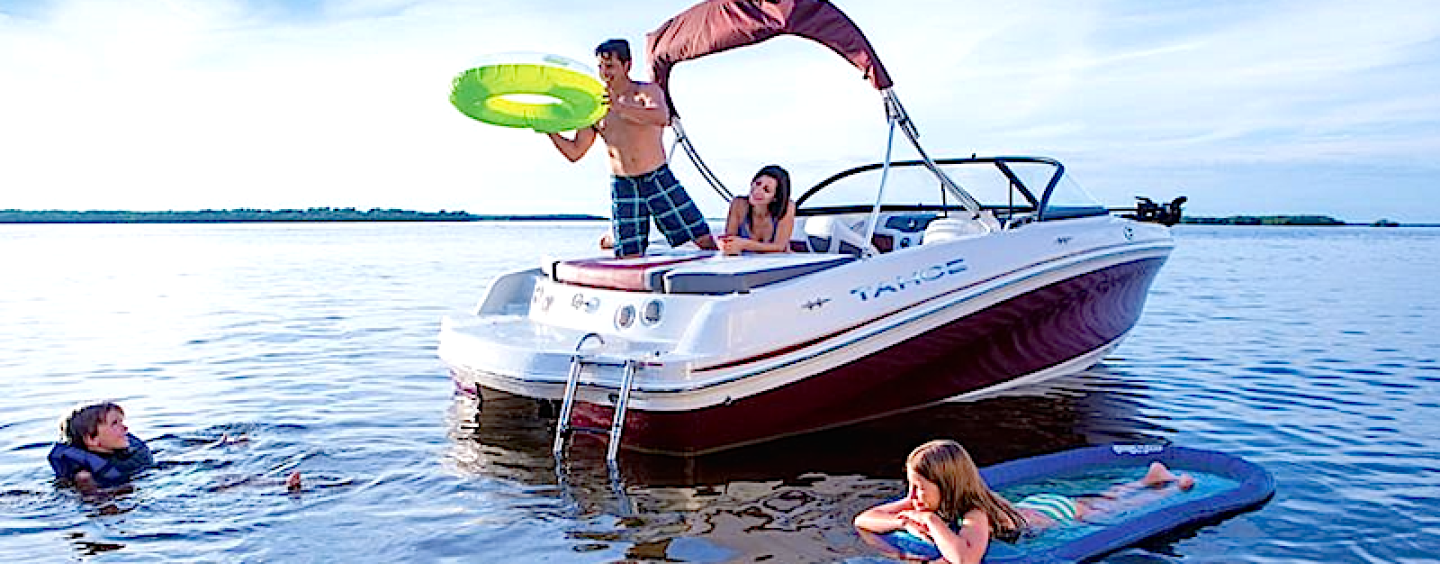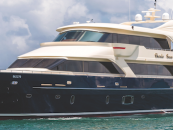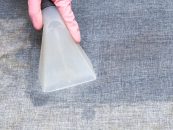If your boat has been sitting around over the winter, it needs extra care before making a comeback for the summer. The proper preparation, cleaning and servicing of your boat will help prevent problems, which could keep you off the water.
It is always a good idea to check the manufacturer’s instruction manual as every boat has its own requirement.
Engine and Fuel System
-Drain any old fuel. Fuel that is older than 3 months should be discarded. Then, fill tank with fresh fuel. Don’t fill your tank with fuel that contains more than 10% ethanol (E10) as it will damage your engine.
-Inspect the fuel system for any sign of leaks or damage.
-Check fuel tank for any leaks.
-Inspect the fuel line for dry rot, softness, brittleness, cracking and any loose connection.
-Make sure the engine exhaust and ventilation systems are all working properly.
-Inspect and clean spark plugs. Replace as needed.
-Check the impeller for wear and cracking. Also, make sure your thermostat is in good condition.
-Check all fluid levels, including engine oil, power steering, power trim reservoirs, and coolant.
-Replace engine oil and oil filter if you have a 4-stroke engine.
-Drain and replace gear leg oil.
Batteries
-Check the charge level, and recharge as needed.
-Clean battery terminals with baking soda solution to remove corrosion.
-Clean cables and connection ends, and reconnect.
-Check the battery switches to make sure they are functional.
-Test all batteries.
-Spray terminals with lubricant.
Electric System
-Inspect all electrical components after battery is charged and installed.
-Check the bilge circuit, pump and automatic switch.
-Check connections for corrosion. Clean and lubricate.
-Inspect all wiring for wear and chafe.
-Check all lighting including navigation lights/bulbs.
-Check radios and GPS working.
Propellers
-Inspect propellers for dings, indentations, pitting, cracks, and distortion.
-Ensure that propellers are securely fastened, and turn freely.
-Damaged propellers can cause unwanted vibration and damage to your drive train.
-Check bush is strong and fit with no movement or play. Also check that the bush is not cracked or damaged.
-Check and clean backfire flame arrestor.
-It is wise to often remove the propeller to ensure no rope or fishing line has been caught between the propeller and prop shaft. Damage can occur to the seal, which will allow water to enter the gear box oil chamber.
Boat Hull
-Inspect the hull for blisters, distortions and cracks.
-Check rubber seals/gaskets for cracks.
-Make sure the drain plugs fit tightly and are securely in place.
-Check the transom for the strength.
Belts, Cables and Hoses
-Check belts, cables and hoses for cracks, brittleness, swell, or loose clamps.
-Belts should fit tightly around pulleys to prevent slipping.
Ropes and Anchor Lines
-Check ropes and anchor lines for damage and deterioration.
-Stow the anchor in so it is secure and will not bounce out of its stored position.
-Always have the anchor ‘ready’ for use in case of an emergency.
Safety Gear
Under Queensland laws, the following safety gear are COMPULSORY to have on board:
-Life jackets. Check the life jackets for rips or missing parts ensure they are in good condition. Make sure that life jackets are enough on board for all potential passengers. Ensure that individuals have the correct size life jacket for their body weight.
-Label/sticker showing where the life jackets are located
-Fire Extinguisher. Make sure all on board fire extinguishers are the correct size/type for your vessel. Check for fully charged and stowed in the proper place. Check expiration date for charge status.
-Flare Kits. You need to carry 2-day (smoke) flares and 2-night (flame) flares. Check their expiration dates. Check condition –no rust. Carry flares in a flare container and pack tightly to avoid movement.
-Signaling Device (between sunset and sunrise)
-Torch with spare batteries/mirror
-EPIRB If travelling more than 2 nm offshore. Check expiration date. Check your details are registered with appropriate authorities.
-V-sheet. Check condition. Have in handy location on the boat
There are also some RECOMMENDED safety equipment to be carried on board, so you can meet your General Safety Obligations.
-A chart or navigation equipment.
-Anchor and chain. Ensure anchor rope is connected to the boat.
-Paddle/oars for boat under 6 metres.
-Pumping/baling equipment such as a bucket for boats under 5 meters and a bucket, plus a bilge pump.
-Drinking water enough for all on board.
-Always carry a first aid kit on board.
Giving your boat the routine checks after a few months of hibernation will make a lot of difference to your boating activities. Keeping your boat in tip-top shape and ready for the hot weather will ensure your boating experience will be a safe and happy one.
By Capt. Michael Paddison



























